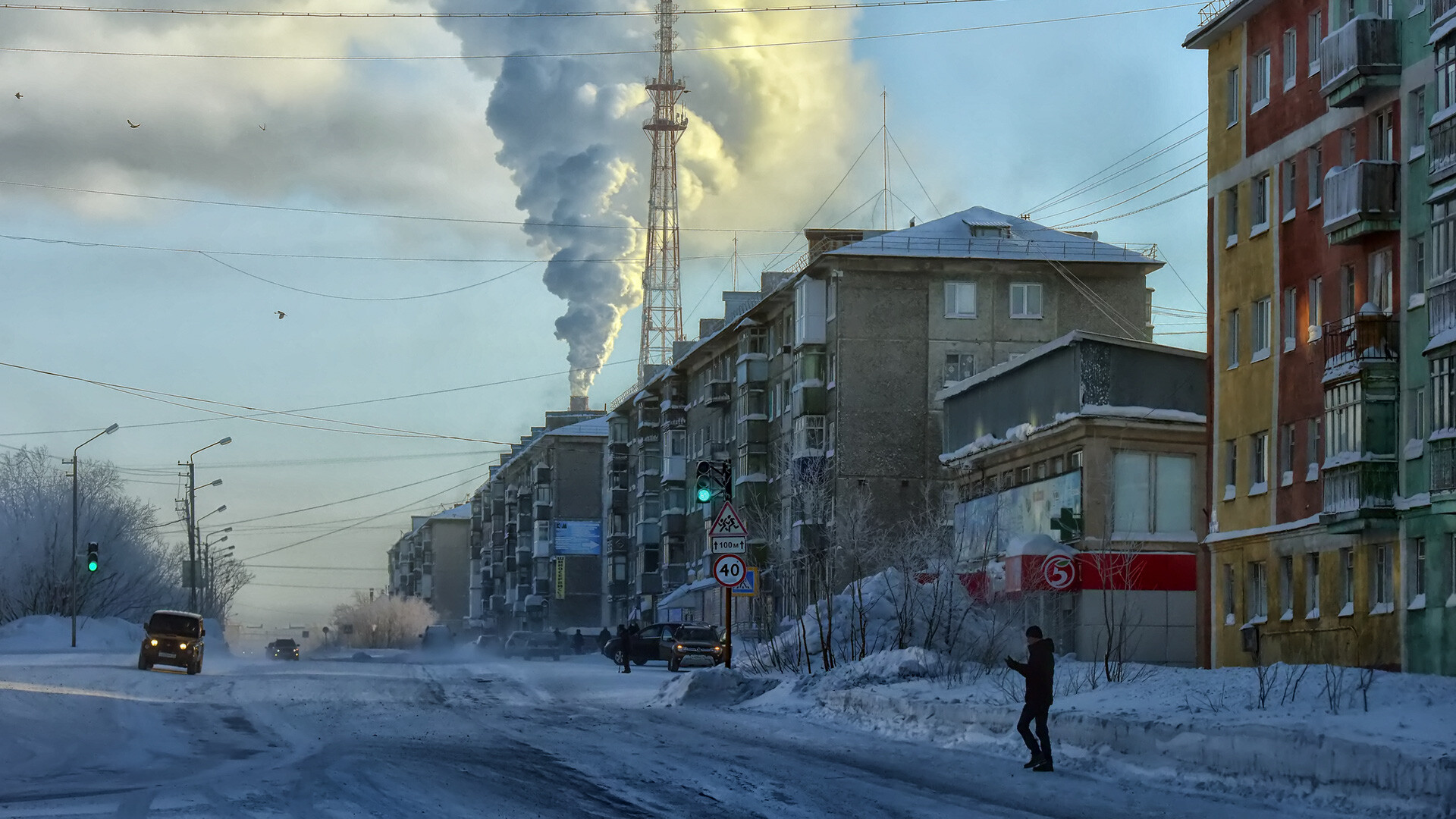
Winter Vorkuta.
Legion MediaAbout 20 percent of Russian territory is situated above the Arctic Circle. Over 2.3 million people live there. It’s not very convenient to live in private houses in such a climate, so the entire Arctic population of Russia essentially lives in cities. That's the reason why several Russian cities have become the largest in the entire Arctic.
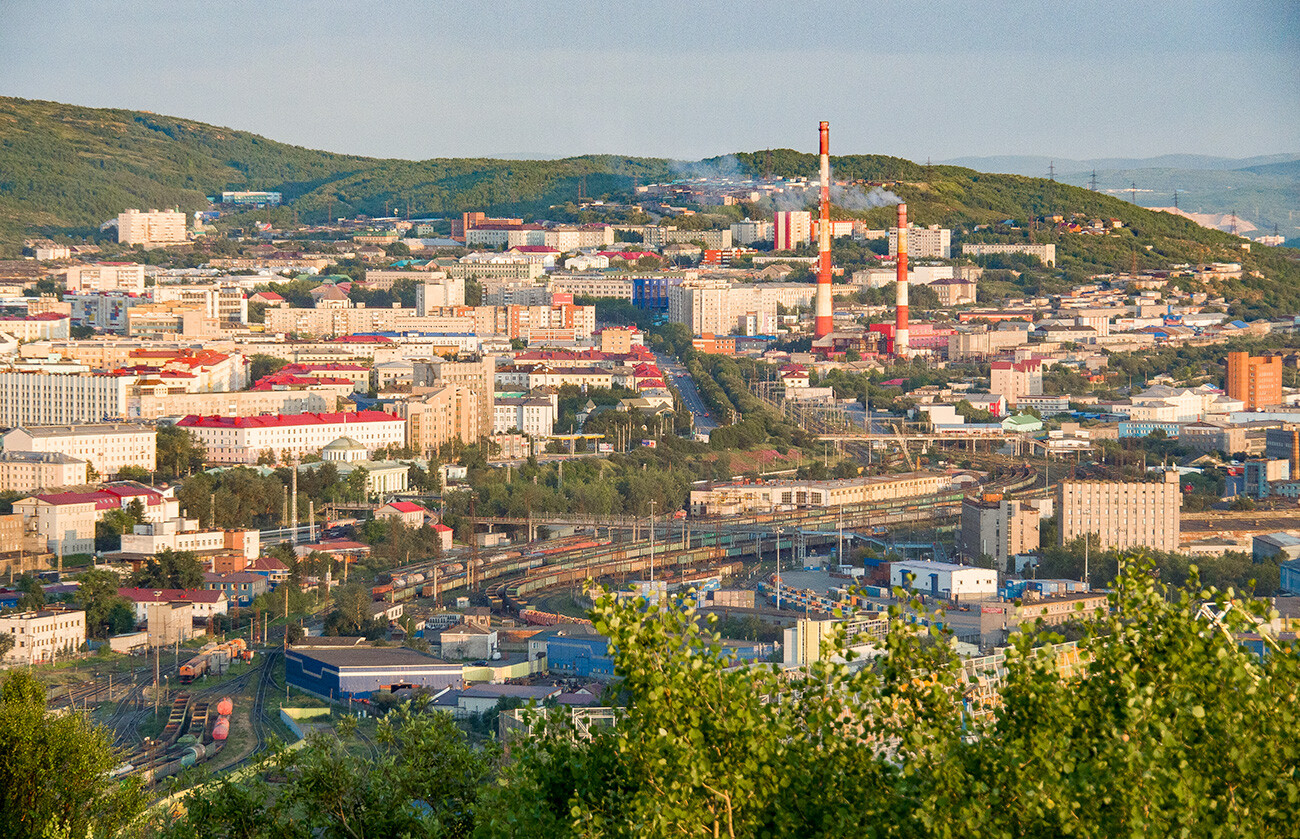
The world's largest Arctic city is located in Russia. Murmansk (68°58′) is about 200 km north of the Arctic Circle. One of Russia's largest ports is located there, in the Kola Bay of the Barents Sea.
Murmansk was founded in 1916 and, during the 20th century, it "entered the annals of history" on more than one occasion. During the period of the Bolshevik Revolution, it was the center of the White Movement and the base of the interventionists, while during the Great Patriotic War (1941-1945), it was completely destroyed (read more about it here). Today's Murmansk comprises panel-built apartment blocks (made with prefabricated concrete slabs) built in the 1960-1980s and a small number of brick houses dating from the 1950s. Of course, it also has modern shopping centers and residential complexes.
In many of Russia's northern cities, it is customary to decorate the façades of buildings with colorful murals and graffiti. Such unusual neighborhoods can be found on the outskirts of Murmansk, too.
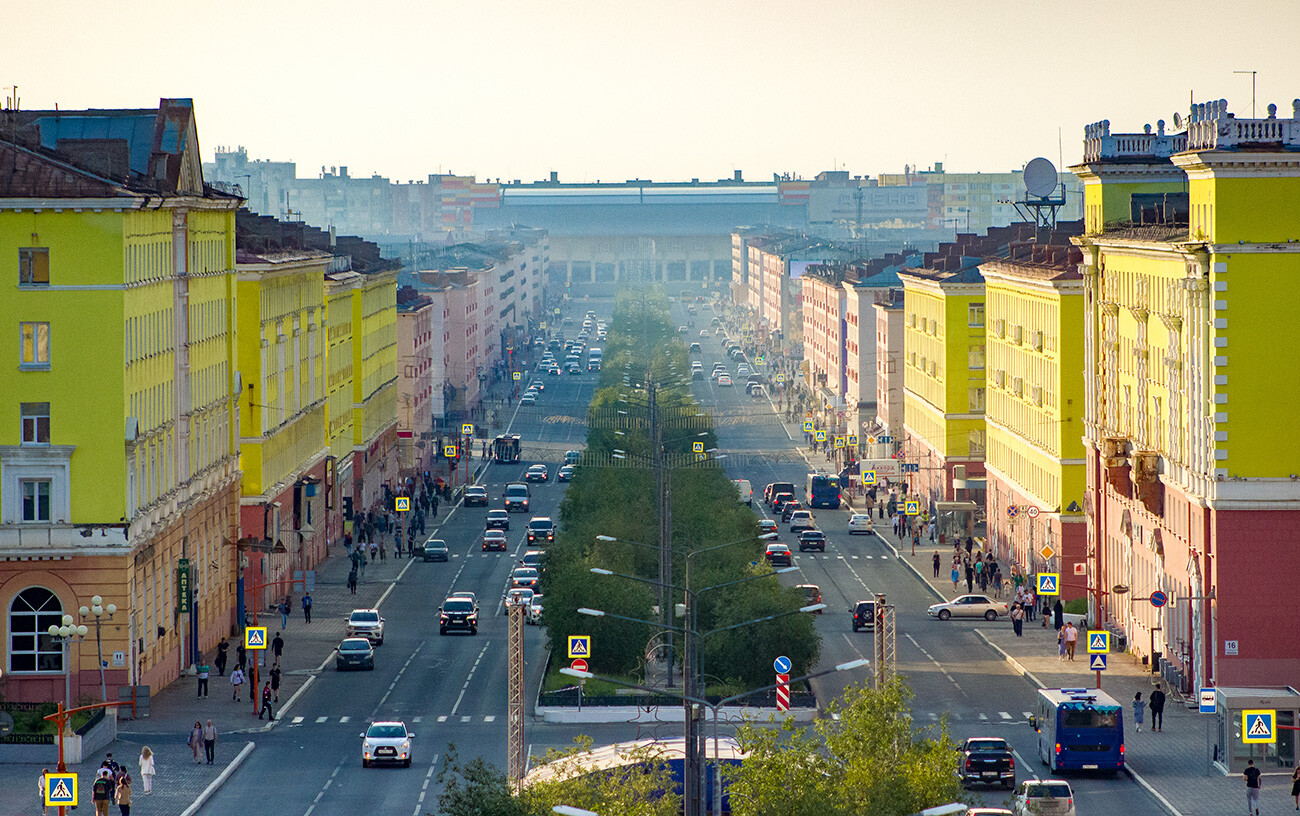
The second most populous Arctic city in the world is also located in Russia. Norilsk (Krasnoyarsk Territory) sits 300 km north of the Arctic Circle (69°20′).
The mining city was founded in 1935 (and granted city status in 1953); moreover, initially, up to the 1950s, it was built using forced labor.
Living conditions in Norilsk are among the harshest in Russia. It is all because of the horrendous winds that rage there in addition to the long, snowy winters. At the same time, it remains a major industrial city: Nickel, copper, cobalt and palladium are mined and processed there.
Norilsk may seem on photographs like a typical Soviet industrial city with a beautiful center in Stalinist Empire Style, multi-colored "panelki" (panel-built apartment blocks) and an industrial zone. But, there are also incredibly interesting architectural features that allow one to get on with life, even in a blizzard. Read about them here.
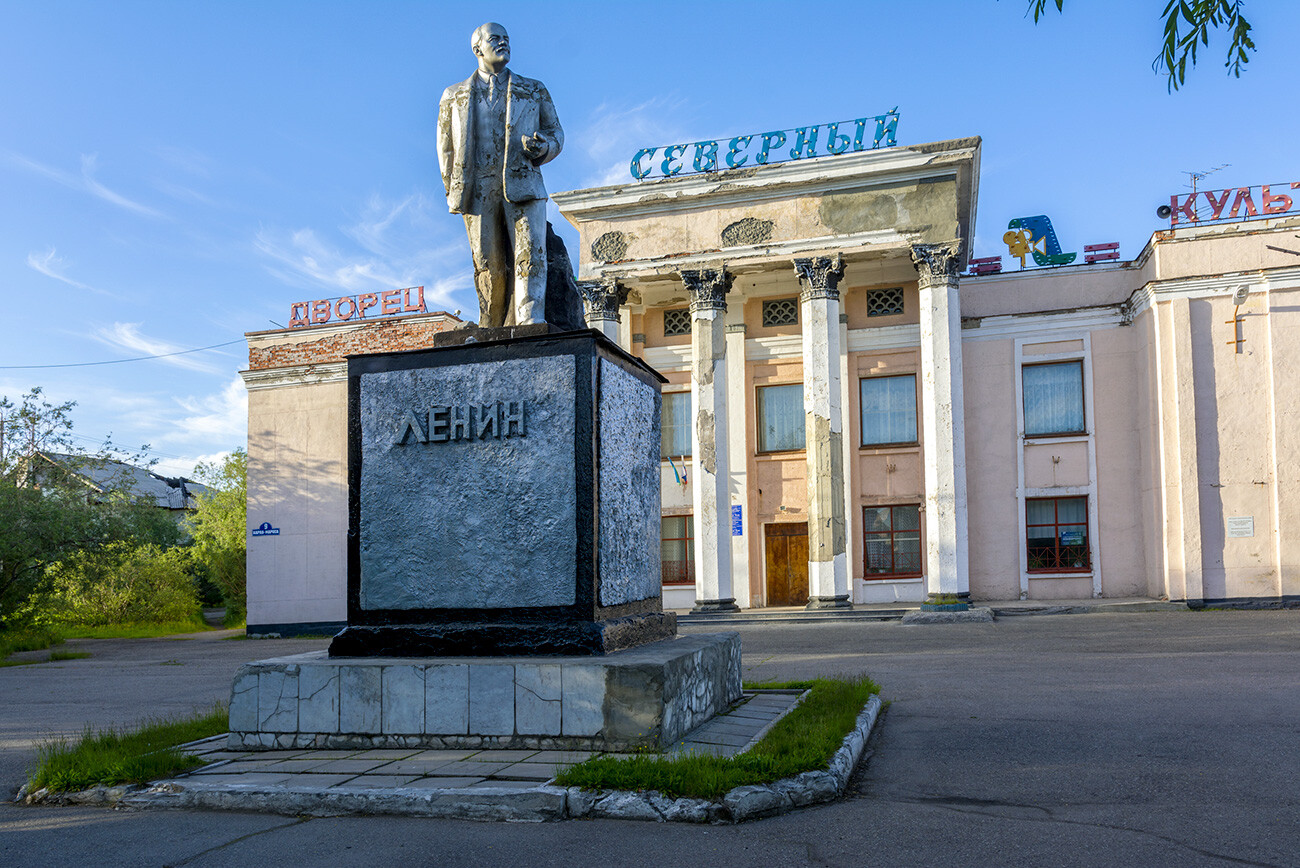
This is Europe's easternmost city and the fourth largest city in the Arctic (after Norway's Tromsø). Vorkuta (67°30′) was founded in 1936 and coal is still mined there. Coal-mining settlements are situated around Vorkuta and linked to form a "ring".
The population grew until 1991 and, by the time of the collapse of the USSR, it had reached 117,000 (216,000 including the outer areas). As a result of the disintegration of the old economic system and the acute economic crisis, Vorkuta's population began to plummet. As a reminder of that period, you can today see districts and even whole settlements reduced to "ghost towns". And because of this, apartments are considered to be among the cheapest in Russia.
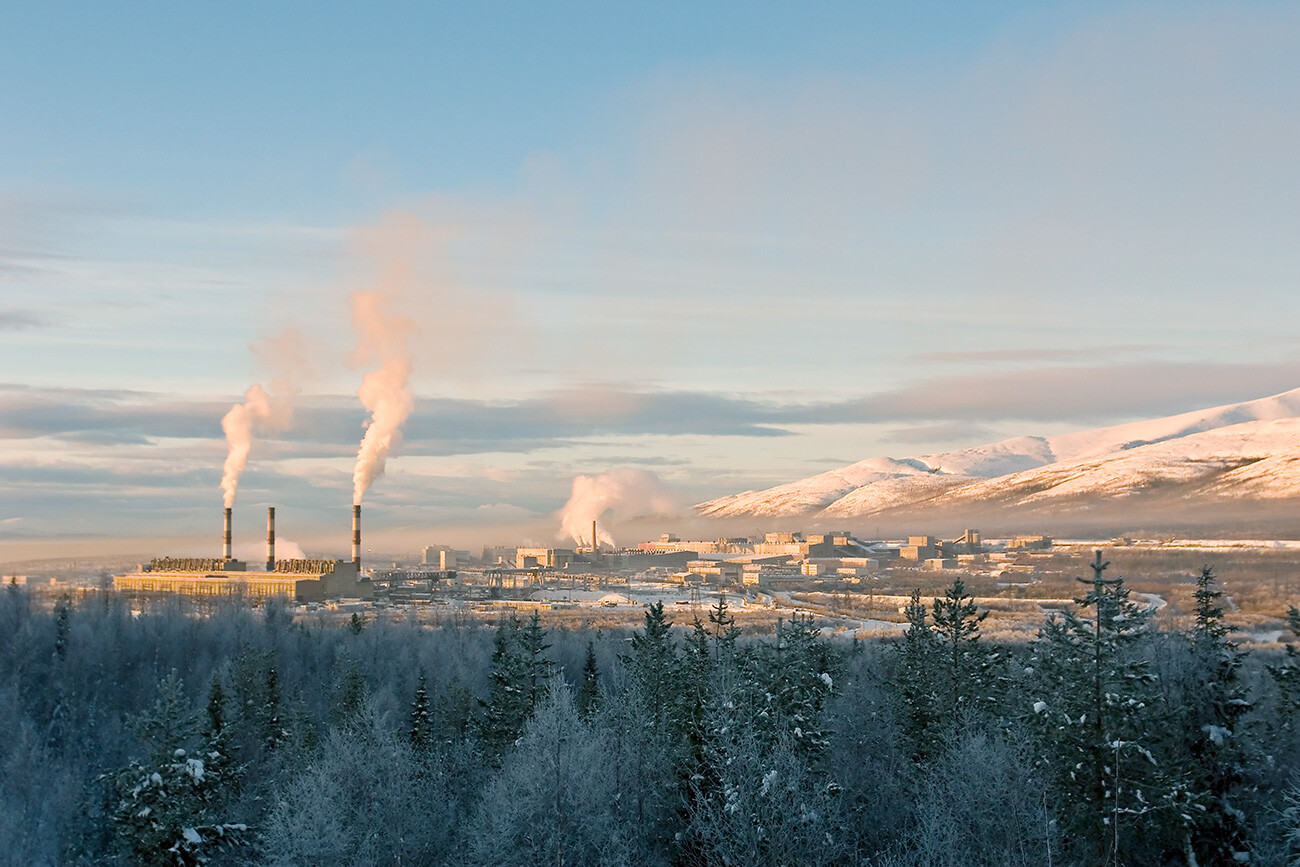
This Murmansk Region city is the world's fifth largest located above the Arctic Circle (67°34′). It was founded in 1926 as a settlement for the builders of the Murmansk Railway. It started to grow and develop dynamically in the period of industrialization, when a deposit of apatite ores was discovered in the area.
Today, Apatity is also a popular tourist destination. Visitors are attracted to the area by fantastic views of the Khibiny Mountains and Lake Imandra.
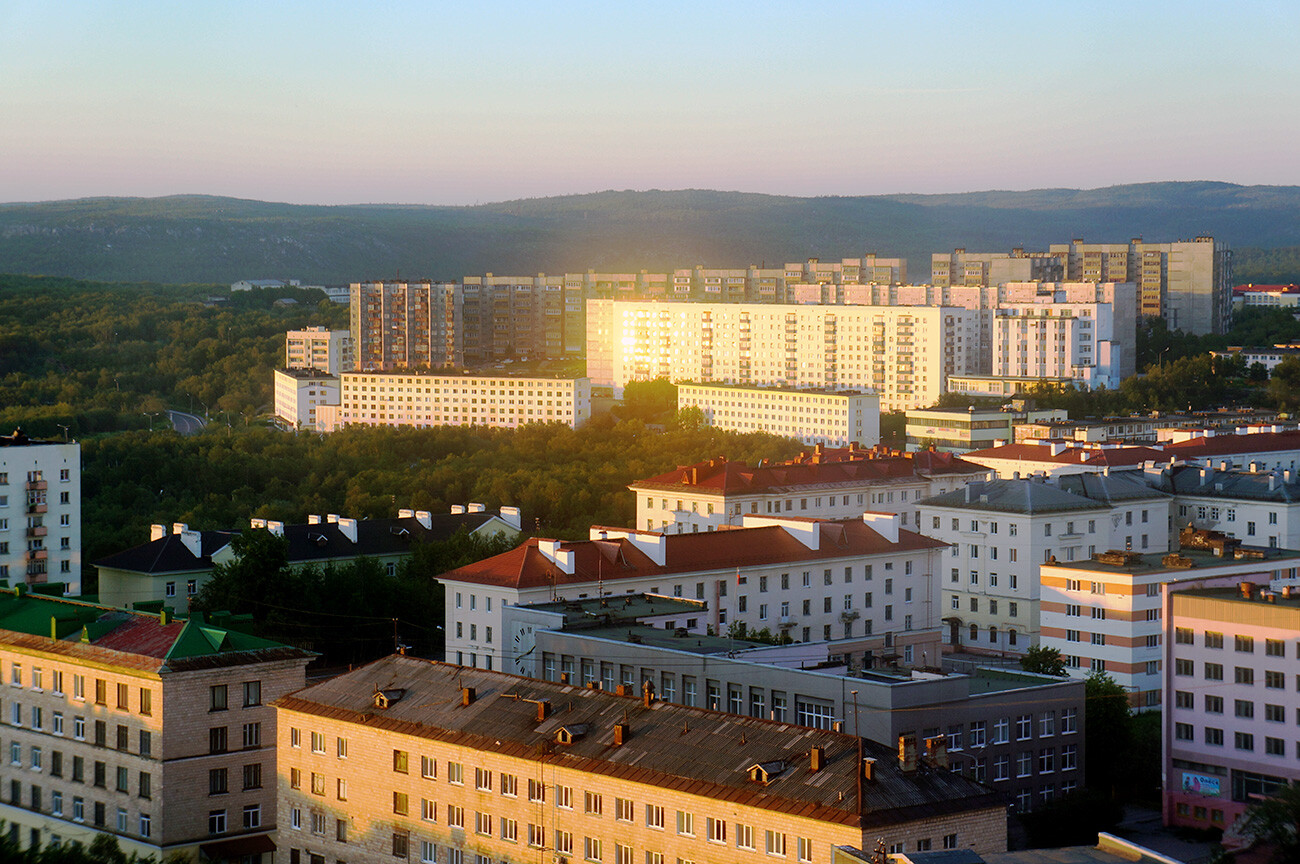
The world's sixth largest city inside the Arctic Circle (69°04′) is also in the Murmansk Region - just 25 km from Murmansk itself. People started settling in Severomorsk (literally, “Northern Sea”) in the late 1890s, but it was only granted city status in 1951.
The city is the base for Russia's Northern Fleet and has the status of a closed town (literally "closed administrative-territorial unit" - abbreviated in Russian to ‘ZATO’), which means that people who have no business there are not expected to visit. Nevertheless, tourists do come, but only after having received permission in advance and having purchased a holiday package from local tour operators.
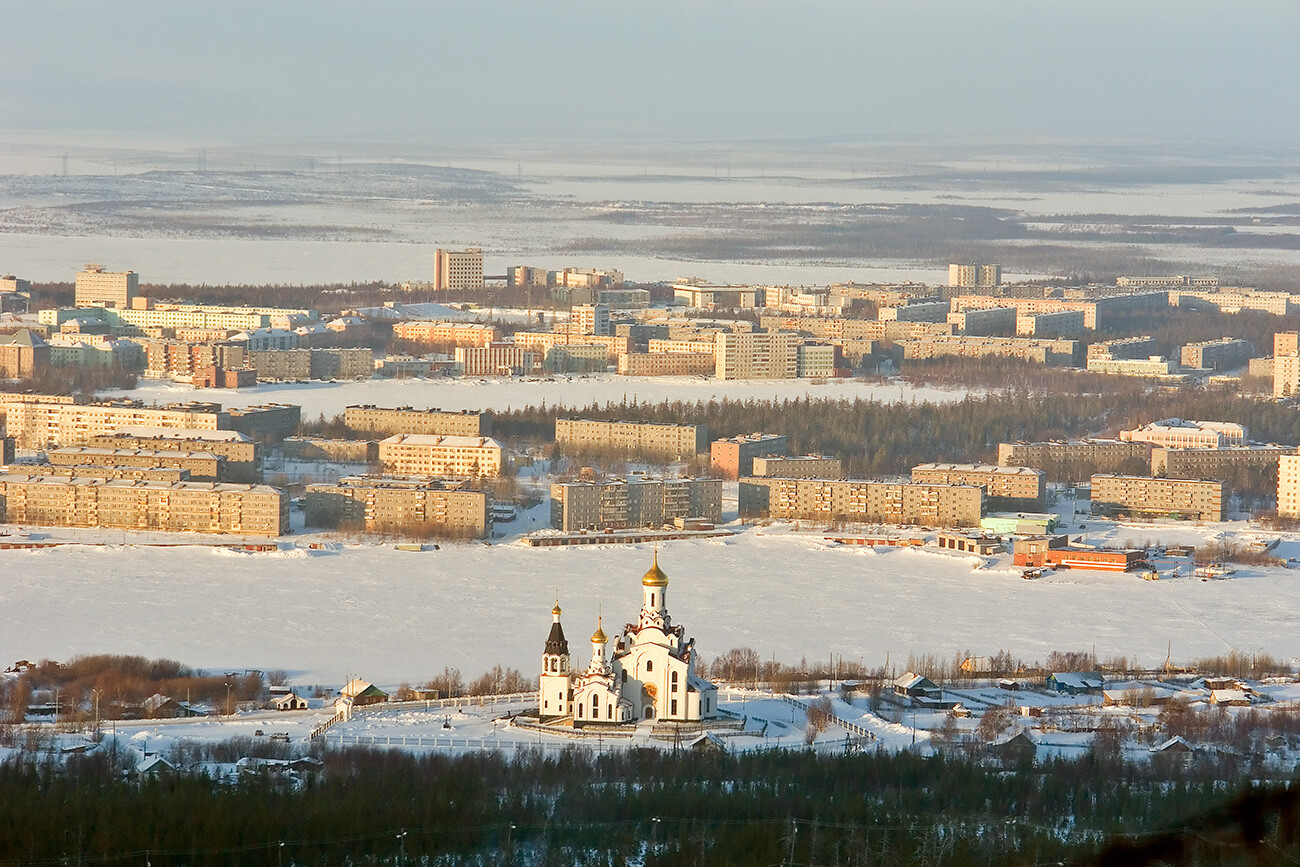
Another large industrial city in the Murmansk Region (67°56′) is Monchegorsk, which was founded in 1935 (acquiring city status in 1937) as a result of the exploitation of copper and nickel deposits in a very picturesque location. On one side lie the shores of lake Imandra and, on the other, the Monchetundra mountain group. On one of the summits, incidentally, is the popular ‘Loparstan’ ski resort, where the slopes are open for skiers as early as November.
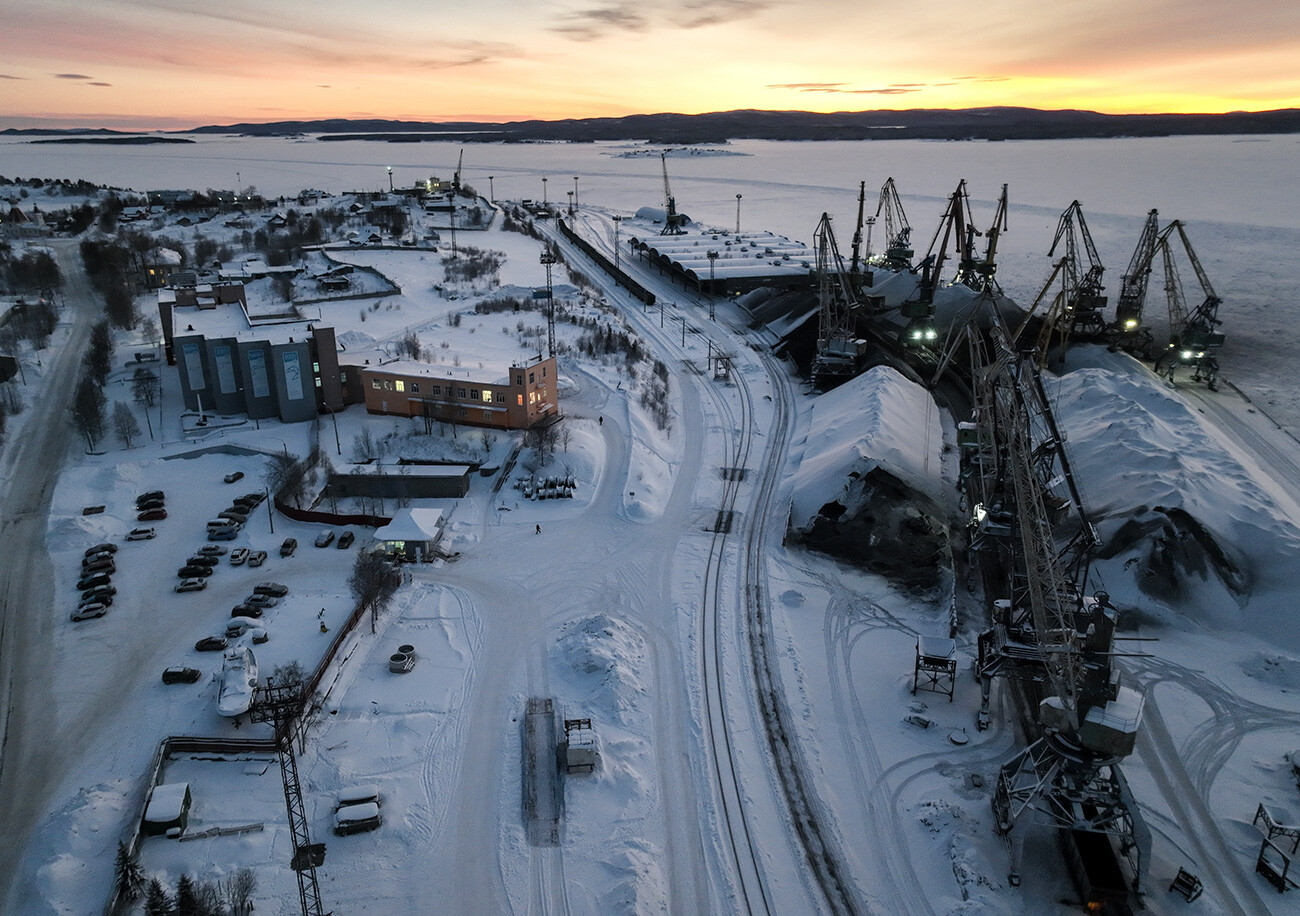
Even one of the southernmost cities of Murmansk Region is still north of the Arctic Circle. Kandalaksha (67°09′) is one of the oldest Pomor settlements on the White Sea, founded as far back as 1526 (the Pomors are descended from generations of fishermen who are credited with creating the civilization of the Russian North. Read more about them here). But people lived in this region even earlier - possibly several thousand years ago. There are mysterious stone labyrinths in the vicinity whose purpose has not yet been established.
The sawmilling industry started developing in the area in the late 19th century and, subsequently, the railway and a maritime port were built. An aluminum plant was also established in the Soviet period - still the only one within the Arctic Circle. It continues to operate to this day.
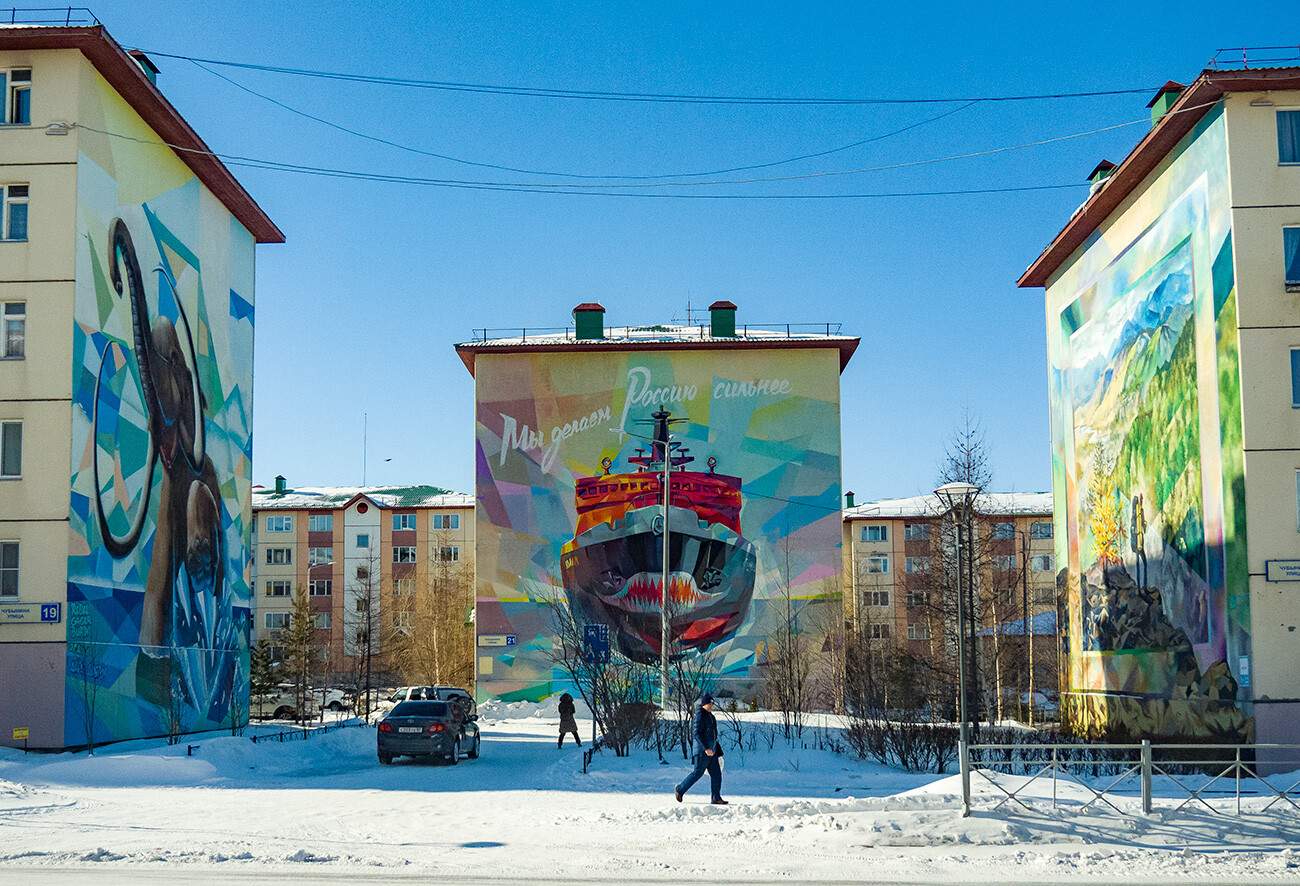
Salekhard, the administrative center of Yamalo-Nenets Autonomous District, is also an Arctic city. It is the world's only city through which the reference line of the Arctic Circle (66°32′) actually passes. Unlike other cities on our list, it has a polar day but not a polar night.
There are no polluting factories there and a large proportion of its residents have regular jobs in offices, schools and stores, while also constantly helping to develop tourism. If you happen to be in Salekhard at the end of March, incidentally, you can also attend a very colorful city festival - Reindeer Herders' Day. Every year, the people of the tundra come to the city with herds of reindeer and give local residents a chance to get to know their culture (our report on the festival can be found here).
If using any of Russia Beyond's content, partly or in full, always provide an active hyperlink to the original material.
Subscribe
to our newsletter!
Get the week's best stories straight to your inbox